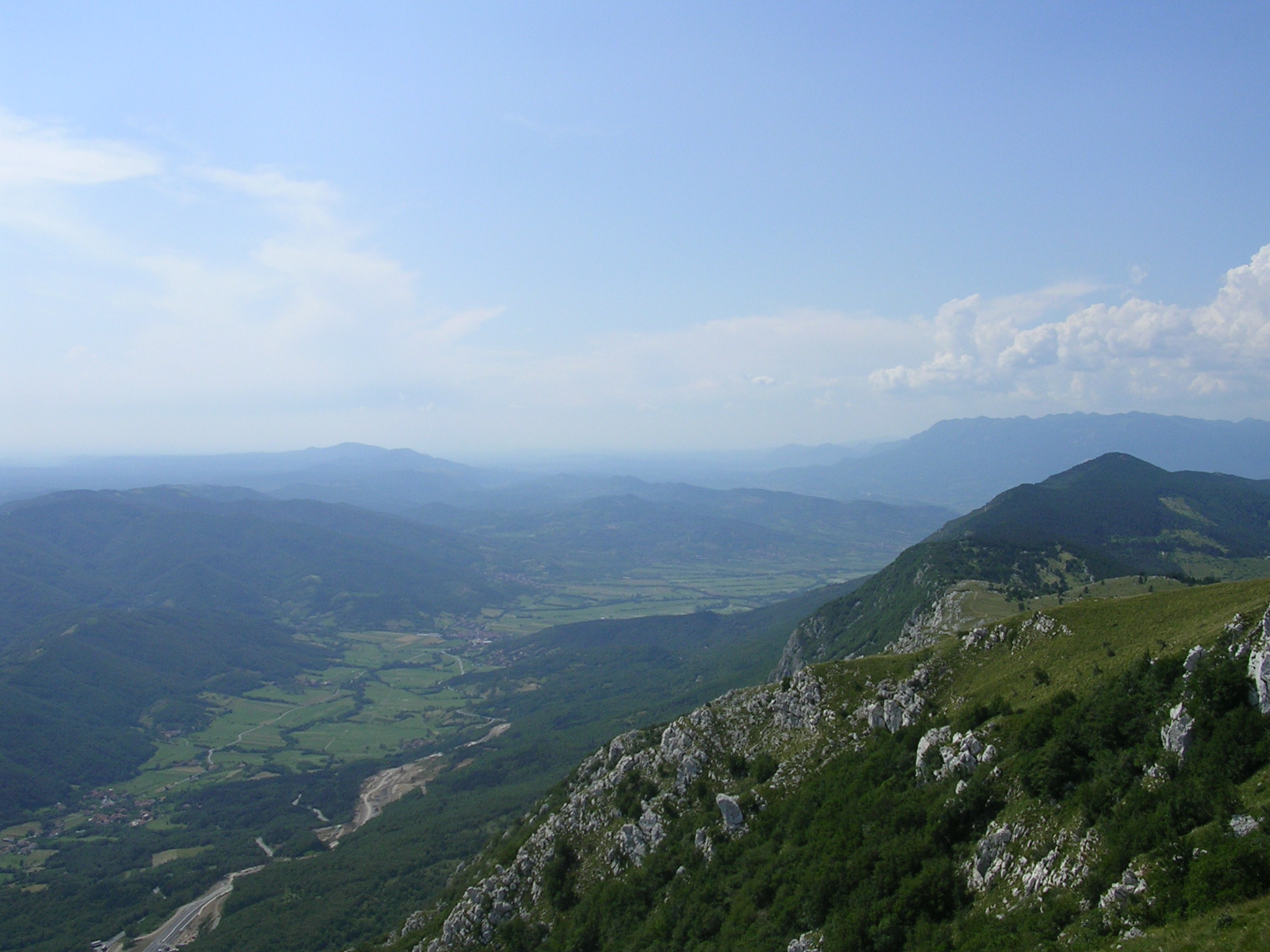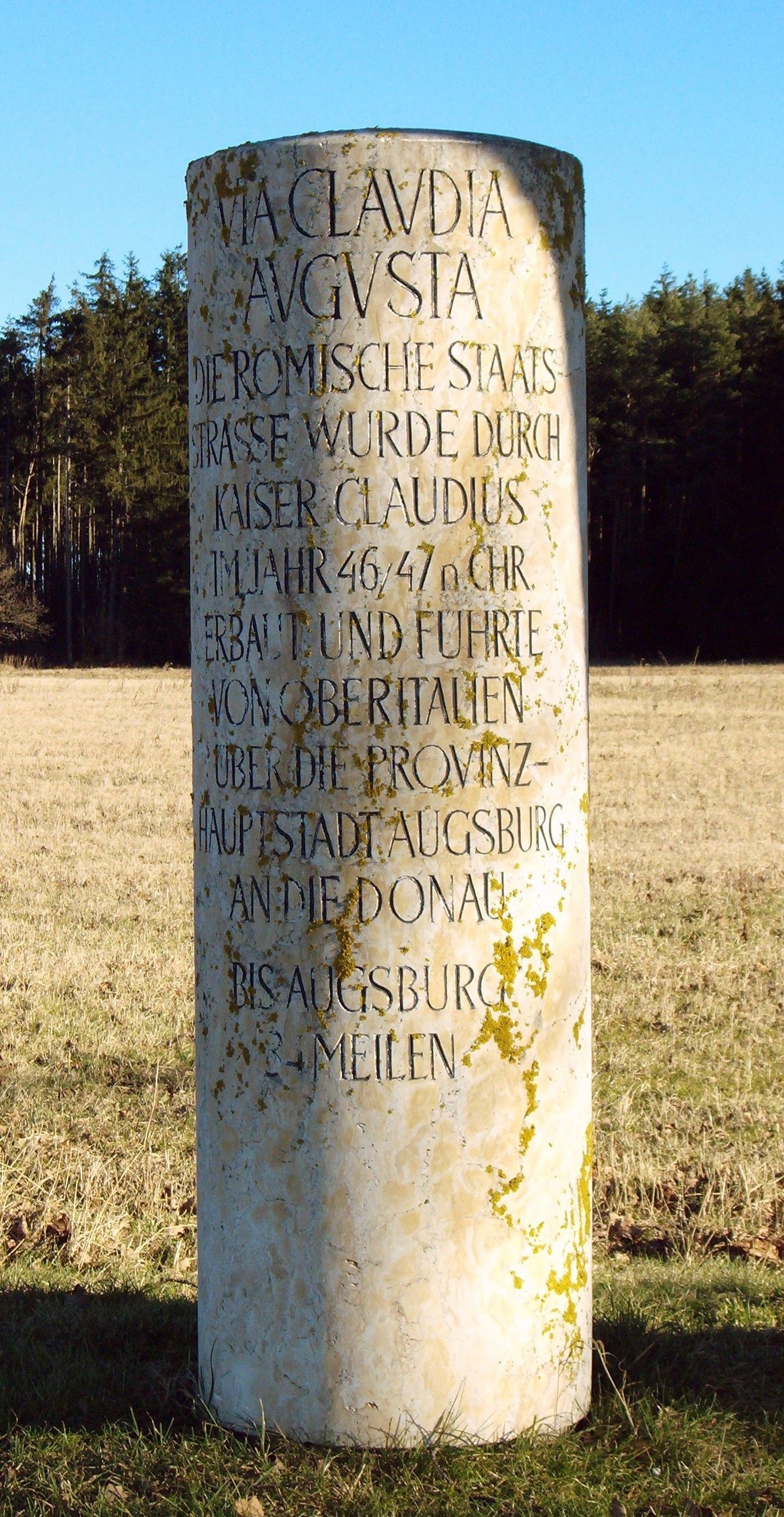|
Carbonera (comune)
Carbonera (, ) is a (municipality) with 11,196 inhabitants in the province of Treviso, Veneto, northern Italy. It borders the municipalities of Treviso, Villorba, Spresiano, Maserada sul Piave, Breda di Piave and San Biagio di Callalta. The municipality of Carbonera includes the following villages or : Mignagola, Pezzan, Biban, San Giacomo di Musestrelle and Vascon. Origin and history Origin of name The name ''Carbonera'' has several possible origins. Carbonera in Roman times meant marshy, peaty and woody land. At one time some parts of castle fortifications were said to be ''carboneras'', where charcoal was stored by blacksmiths and for the weapons that were used in raids or assaults. Here there was a castle that gave the name to a ruler, with the nickname of Carbonera or ''Castel Benardo'' perhaps by those who erected it.See Carbonera e Il Suo Territorio: Indagine Storico Geografico e Artistica, Taffarrello, Tiziano, Materiale corretto e riordinato da Gianni Morandin & Alessand ... [...More Info...] [...Related Items...] OR: [Wikipedia] [Google] [Baidu] |
Veneto
Veneto, officially the Region of Veneto, is one of the 20 regions of Italy, located in the Northeast Italy, north-east of the country. It is the fourth most populous region in Italy, with a population of 4,851,851 as of 2025. Venice is the region's capital while Verona is the largest city. Veneto was part of the Roman Empire until the 5th century AD. Later, after a Feudalism, feudal period, it was part of the Republic of Venice until 1797. Venice ruled for centuries over one of the largest and richest maritime republics and trade empires in the world. After the Napoleonic Wars and the Congress of Vienna, the Venetian Province, former Republic was combined with Lombardy and re-annexed to the Austrian Empire as the Kingdom of Lombardy–Venetia, until that was Italian unification, merged with the Kingdom of Italy in 1866, as a result of the Third Italian War of Independence and of a Plebiscite of Veneto of 1866, plebiscite. Besides Italian language, Italian, most inhabitan ... [...More Info...] [...Related Items...] OR: [Wikipedia] [Google] [Baidu] |
Via Postumia
The Via Postumia was an ancient military Roman road of northern Italy constructed in 148 BC by the ''consul'' Spurius Postumius Albinus Magnus. It ran from the coast at Genoa through the mountains to Dertona, Placentia (the termination of the Via Aemilia) and Cremona, just east of the point where it crossed the Po River. The Via Postumia and the via Aemilia were the most important axes of traffic in Cisalpine Gaul. [...More Info...] [...Related Items...] OR: [Wikipedia] [Google] [Baidu] |
Sile (river)
The Sile ( Venetian: ''Sil'') is a 95 km river in the Veneto region in north-eastern Italy. Its springs are in the municipality of Vedelago in the Province of Treviso. It flows into the northern part of the Lagoon of Venice at the mouth of the River Piave Vecchia. It receives the waters of its tributary, the Botteniga, at Treviso. Some of the rivers in the plain of the Veneto come from springs in the nearby Alps, while others have groundwater springs in the plain. The Sile originates in the plain and therefore it is a short river. Its springs are in the area of Albaredo, Casacorba and Cavasagra in the municipality of Vedelago. The fontanasso dea Coa Longa is considered to be the main spring. Two initial branches join at Morgano. The river has an initial west-east windy course which passes through or by Santa Cristina, Quinto di Treviso, Canizzano and Treviso. In Treviso it turns in a northwest-southeast direction towards the lagoon and passes by Silea, Casier, Cendon ... [...More Info...] [...Related Items...] OR: [Wikipedia] [Google] [Baidu] |
Battle Of Caporetto
The Battle of Kobarid (also known as the Twelfth Battle of the Isonzo, the Battle of Caporetto or the Battle of Karfreit) took place on the Italian front of World War I. The battle was fought between the Kingdom of Italy and the Central Powers and took place from 24 October to 19 November 1917, near the town of Kobarid (now in north-western Slovenia, then part of the Austrian Littoral), and near the river Isonzo. The battle was named after the Italian name of the town (also known as ''Karfreit'' in German). Austro-Hungarian forces, reinforced by German units, were able to break into the Italian front line and rout the Italian forces opposing them. The battle was a demonstration of the effectiveness of the use of stormtroopers and the infiltration tactics developed in part by Oskar von Hutier. The use of poison gas by the Germans also played a key role in the collapse of the Italian Second Army. The rest of the Italian Army retreated to the Piave River; its effec ... [...More Info...] [...Related Items...] OR: [Wikipedia] [Google] [Baidu] |
Third Italian War Of Independence
The Third Italian War of Independence () was a war between the Kingdom of Italy and the Austrian Empire fought between June and August 1866. The conflict paralleled the Austro-Prussian War and resulted in Austria giving the region of Venetia (present-day Veneto, Friuli and the city of Mantua, the last remnant of the ''Quadrilatero'') to the Second French Empire (acting as intermediary in negotiations), which formally gave it to Italy. Italy's acquisition of this wealthy and populous territory, annexed with a plebiscite, represented a major step in the Unification of Italy. Background Victor Emmanuel II of Savoy had been proclaimed King of Italy on 17 March 1861 but did not control Venetia or the much-reduced Papal States. The situation of the , a later Italian term for part of the country under foreign domination that literally means ''unredeemed'', was an unceasing source of tension in the domestic politics of the new kingdom and a cornerstone of its foreign policy. The fi ... [...More Info...] [...Related Items...] OR: [Wikipedia] [Google] [Baidu] |
Republic Of Venice
The Republic of Venice, officially the Most Serene Republic of Venice and traditionally known as La Serenissima, was a sovereign state and Maritime republics, maritime republic with its capital in Venice. Founded, according to tradition, in 697 by Paolo Lucio Anafesto, over the course of its History of the Republic of Venice, 1,100 years of history it established itself as one of the major European commercial and naval powers. Initially extended in the ''Dogado'' area (a territory currently comparable to the Metropolitan City of Venice), during its history it annexed a large part of Northeast Italy, Istria, Dalmatia, the coasts of present-day Montenegro and Albania as well as numerous islands in the Adriatic Sea, Adriatic and eastern Ionian Sea, Ionian seas. At the height of its expansion, between the 13th and 16th centuries, it also governed Crete, Cyprus, the Peloponnese, a number of List of islands of Greece, Greek islands, as well as several cities and ports in the eastern Me ... [...More Info...] [...Related Items...] OR: [Wikipedia] [Google] [Baidu] |
Ezzelino III Da Romano
Ezzelino III da Romano (25 April 1194, Tombolo, Veneto, Tombolo7 October 1259) was an Italian feudal lord, a member of the Ezzelini family, in the March of Treviso (in modern Veneto). He was a close ally of the emperor Frederick II, Holy Roman Emperor, Frederick II (Reign, r. 1220–1250), and ruled Verona, Vicenza and Padua for almost two decades. He became infamous as a cruel tyrant, and was, in fact, the most "notorious" of the "early tyrants". Biography Early life Ezzelino was a son of Ezzelino II da Romano, ruler of Bassano del Grappa and other fiefs in the Veneto, and Adelaide D'egli Alberti di Mangona, who came from a family of counts in Tuscany. At the age of four years, he was sent as a hostage to Verona, but nothing else is known about his childhood or education. In 1213, he took part in the siege of the castle of Este, Italy, Este, which belonged to his father's archenemy, marquess Azzo VI of Este, who died in 1212 and later to his son Aldobrandino. According to th ... [...More Info...] [...Related Items...] OR: [Wikipedia] [Google] [Baidu] |
Archpriest
The ecclesiastical title of archpriest or archpresbyter belongs to certain priests with supervisory duties over a number of parishes. The term is most often used in Eastern Orthodoxy and the Eastern Catholic Churches and may be somewhat analogous to a monsignor, vicar forane or dean in the Latin Church, but in the Eastern churches an archpriest wears an additional vestment and, typically, a pectoral cross, and becomes an archpriest via a liturgical ceremony. The term may be used in the Latin Catholic Church in certain historical titles and may replace in popular usage the title of ''vicar forane'', otherwise often known as a dean. Antiquity In ancient times, the archdeacon was the head of the deacons of a diocese, as is still the case in the Eastern Orthodox Church, while the archpriest was the chief of the presbyterate of the diocese, i.e. of the priests as a body. The latter's duties included deputising for the bishop in spiritual matters when necessary. Western C ... [...More Info...] [...Related Items...] OR: [Wikipedia] [Google] [Baidu] |
Alboin
Alboin (530s – 28 June 572) was List of kings of the Lombards, king of the Lombards from about 560 until 572. During his reign the Lombards ended their migration period, migrations by settling in Kingdom of the Lombards, Italy, the northern part of which Alboin conquered between 569 and 572. He had a lasting effect on Italy and the Pannonian Basin; in the former, his invasion marked the beginning of centuries of Lombard rule, and in the latter, his defeat of the Gepids and his departure from Pannonia ended the dominance there of the Germanic peoples. The period of Alboin's reign as king in Pannonia following the death of his father, Audoin, was one of confrontation and conflict between the Lombards and their main neighbours, the Gepids. The Gepids initially gained the upper hand, but in 567, thanks to his alliance with the Avars (Carpathians), Avars, Alboin inflicted a decisive defeat on his enemies, whose lands the Avars subsequently occupied. The increasing power of his new ... [...More Info...] [...Related Items...] OR: [Wikipedia] [Google] [Baidu] |
Via Claudia Augusta
The Via Claudia Augusta is an ancient Roman road, which linked the valley of the Po River with Rhaetia (encompassing parts of modern Eastern Switzerland, Northern Italy, Western Austria, Southern Germany and all of Liechtenstein) across the Alps. The route still exists, and since the 1990s increased interest in long-distance hiking and cycling have made the German and Austrian stretches of the Via Claudia Augusta popular among tourists, with the result that modern signage (''illustration'') identifies the revitalised track. Since 2007, the ''Giontech Archeological Site'', in Mezzocorona/Kronmetz (Italy) serves as the Via Claudia Augusta International Research Center with the support of the ''Foundation Piana Rotaliana'' and the Government of the City of Mezzocorona/Kronmetz. History In 15 BC, the Roman general Nero Claudius Drusus, the stepson of Augustus, got orders from his stepfather to improve the passage through the Alps for military purposes and to increase Roman control ... [...More Info...] [...Related Items...] OR: [Wikipedia] [Google] [Baidu] |
Province Of Treviso
The province of Treviso () is a Provinces of Italy, province in the Veneto region of Italy. Its capital is the city of Treviso. The province is surrounded by Province of Belluno, Belluno in the north, Province of Vicenza, Vicenza in the west, Province of Padua, Padua in southwest, Province of Venice, Venice in the south-east and Friuli-Venezia Giulia in the east. The current President of Treviso is Stefano Marcon, elected in September 2016. He is also the current mayor of Castelfranco Veneto. History The province of Treviso was established by the Celts but later was flourished under the Ancient Rome, Romans, in which they had their own district when it became a Municipium, before it was subjugated to Huns, Hun, Ostrogothic Kingdom, Ostrogoth, and Kingdom of the Lombards, Lombard control. Over time, political power was replaced by ecclesiastical authority, and Treviso was divided into two Diocese, dioceses around 1000 AD. It evolved into a county, municipality, and later a lords ... [...More Info...] [...Related Items...] OR: [Wikipedia] [Google] [Baidu] |
San Biagio Di Callalta
San Biagio di Callalta (; ) is a (municipality) in the province of Treviso, Veneto, Northeast Italy, north-eastern Italy. It is the birthplace of Pierre Cardin. History Ancient history Today's San Biagio di Callalta was once inhabited by Veneti, an Indo-European population that settled in north-eastern Italy after the middle of the second millennium BCE and developed its own original civilization during the next millennium. During Roman times the Veneto was part of Regio X Venetia et Histria. The territory gained greater importance thanks to the construction of the Via Annia, the Via Postumia and a road that connected them. Artifacts of that period have been found in the hamlets of Rovaré (terracotta fragments) and Spercenigo (funeral urn and a wine amphora) along with a cremation furnace ruin in Ca'Lion. San Biagio di Callalta gets its name from Saint Blaise, San Biagio (bishop and martyr) and to the military road "Callis Alta", originally built in the 10th or 11th century, af ... [...More Info...] [...Related Items...] OR: [Wikipedia] [Google] [Baidu] |








